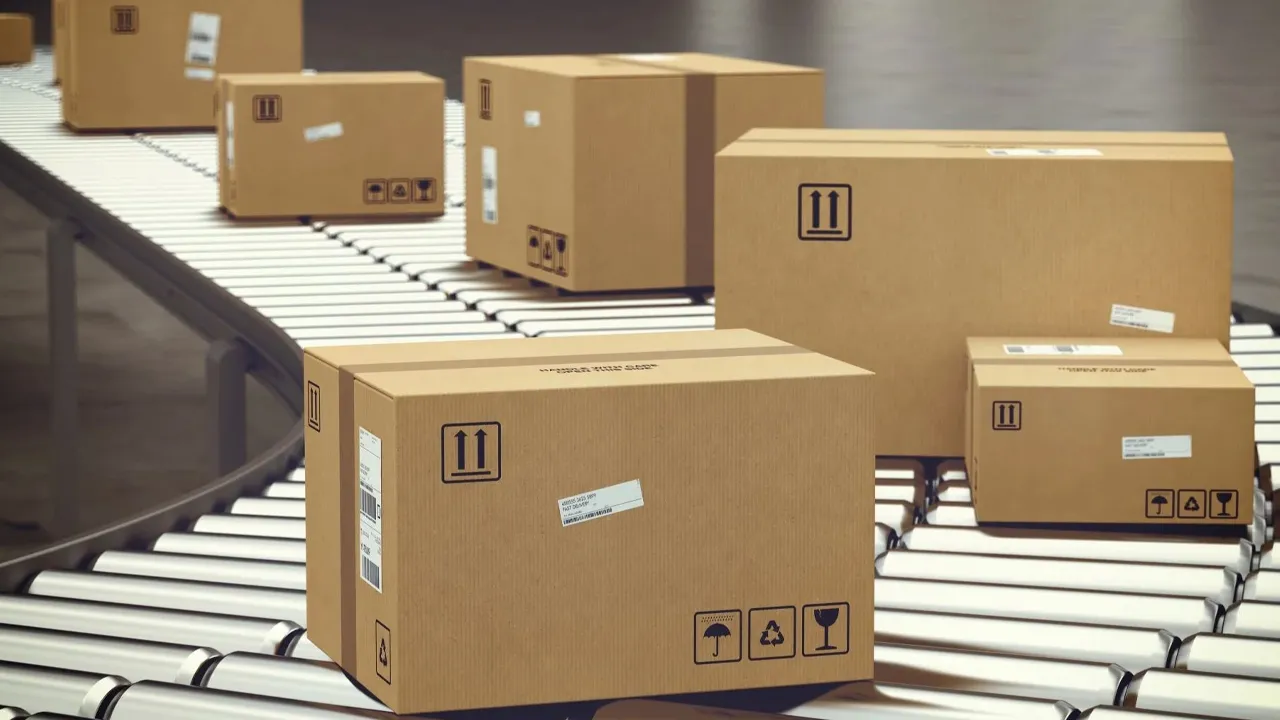01 Jun 2024

As United Arab Emirates (UAE) continues to embrace sustainability and environmental consciousness, the demand for eco-friendly packaging solutions is on the rise. Businesses and consumers alike are seeking alternatives to traditional packaging materials that contribute to the growing problem of plastic pollution and waste accumulation. In this blog, we'll explore various sustainable packaging options and their environmental benefits, as well as industry trends shaping the future of eco-friendly packaging in UAE. Eco-friendly packaging options are popular. This is due to the rising demand for sustainable practices. Biodegradable materials, like paper, cardboard, and plant-based plastics, offer a greener alternative. They are better than traditional packaging. The materials come from renewable sources. They can be easily composted or recycled. This reduces waste and environmental harm. Also, edible packaging is made from plant-based materials like seaweed or mushrooms. It solves the problem by eliminating waste. Reusable and refillable containers also promote a circular economy by minimizing single-use packaging. By using eco-friendly packaging, businesses can cut their carbon footprint. They can also save natural resources. This will appeal to green consumers and help create a sustainable future. Biodegradable packaging materials are designed to break down naturally. They do this in the environment without leaving behind harmful residues. These materials come from renewable resources. Examples include plant-based materials like cornstarch, sugarcane, and bamboo. Examples of biodegradable packaging include: Recycled packaging materials are produced from post-consumer or post-industrial waste, reducing the need for virgin materials and diverting waste from landfills. Common examples include: • Recycled paper and cardboard packaging • Recycled plastic containers and bottles • Recycled glass bottles and jars In addition to sustainable materials, minimal waste packaging designs are gaining popularity. These designs aim to minimize the overall packaging footprint by using efficient and streamlined packaging solutions. Examples include: • Reusable and refillable packaging systems • Minimalist packaging designs that reduce material usage • Bulk packaging options for products, allowing consumers to bring their own reusable containers One key consideration is the environmental impact of sustainable packaging. It matters for the whole lifecycle. This includes analyzing factors. It includes the sourcing of raw materials, manufacturing, transportation, and disposal or recycling. By choosing eco-friendly packaging options, businesses and consumers in UAE can contribute to: Reducing Plastic Pollution: Sustainable packaging materials help reduce non-biodegradable plastics. They keep these plastics out of landfills, oceans, and habitats. Conserving Natural Resources: Using recycled and plant-based materials reduces the demand for new materials. This conserves trees, fossil fuels, and minerals. Lowering Carbon Footprint: Sustainable packaging materials often have a lower carbon footprint than traditional plastics. Their production uses less energy and creates fewer greenhouse gas emissions. Supporting Circular Economy: Eco-friendly packaging enables the reuse and recycling of materials. It also cuts waste and resource use. The UAE leads in embracing sustainable packaging. This is driven by regulations and consumer demand. Here are some key industry trends. They are shaping the future of eco-friendly packaging in UAE: Government Initiatives: The UAE government has implemented several initiatives to promote sustainable packaging, such as the Abu Dhabi Single-Use Plastic Policy, which aims to phase out single-use plastics by 2024. Consumer Awareness: Consumers are becoming increasingly aware of the environmental impact of packaging waste, driving demand for eco-friendly alternatives from businesses and packaging material manufacturers in UAE. Innovative Materials: Local and international companies are investing in research and development to create innovative sustainable packaging materials, such as bio-based plastics and edible packaging. Collaborative Efforts: Partnerships between government agencies, businesses, and environmental organizations are fostering collaboration and knowledge sharing to accelerate the adoption of sustainable packaging solutions. Circular Economy Strategies: Companies in UAE are exploring circular economy strategies, such as packaging take-back programs and recycling initiatives, to reduce waste and create closed-loop systems. As UAE continues its journey towards a more sustainable future, eco-friendly packaging solutions play a crucial role in reducing environmental impact and promoting a circular economy. By embracing biodegradable, recycled, and minimal waste packaging designs, businesses and consumers can contribute to a greener and more sustainable UAE. With the support of government initiatives, consumer awareness, and innovative materials, the UAE is well-positioned to become a leader in sustainable packaging solutions, setting an example for other countries to follow. Read our next blog: Essential Guide to Packaging Materials.Packaging options and their environmental benefits
Types of Sustainable Packaging Materials
Biodegradable Materials
Recycled Materials
Minimal Waste Designs
Lifecycle Analysis and Environmental Benefits
Industry Trends in Sustainable Packaging
Conclusion